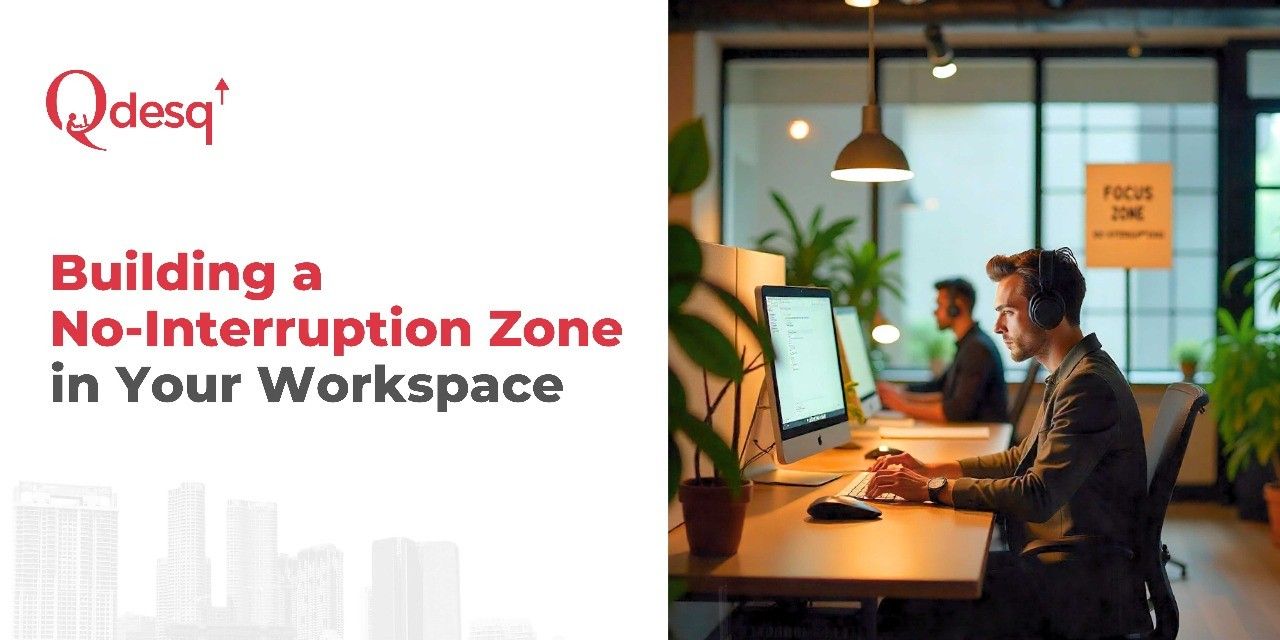In today’s fast-paced work environment, constant interruptions have become a top barrier to productivity and job satisfaction. Whether it’s unexpected questions from colleagues, endless notifications, or background noise, interruptions scatter our attention and add stress. But what if you could create a dedicated No-Interruption Zone—a space or mindset where focus thrives, and disruptions take a back seat?
This blog provides practical answers to real-world questions about establishing a No-Interruption Zone (NIZ) at work, covering why it matters, how to set one up effectively, and balancing team collaboration with uninterrupted focus. This guide offers actionable tips to reclaim control of your workday with positivity and confidence.
What Is a No-Interruption Zone, and Why Is It Important?
A No-Interruption Zone is a designated place or time where people focus without distractions or disruptions. The concept stems from high-stakes environments like aviation’s “sterile cockpit rule” or hospitals’ no-interruption policies during medication preparation. In these zones, interruptions are minimised to prevent errors and improve concentration.
At work, creating a NIZ can reduce mistakes, improve work quality, and boost mental well-being. For example, hospitals that introduced NIZs around medication carts reported up to a 60% reduction in medication errors. These zones help workers enter a flow state—where deep work gets done efficiently without constant context switching.
How Can You Set Up Clear Signals That Respect Focus Time?
The biggest challenge in establishing a No-Interruption Zone is signalling to others when interruptions are not welcome. Practical solutions include:
- Visual cues: Use “Do Not Disturb” signs, flags, or lights (like an “On Air” light) at desks or meeting rooms to communicate focus time.
- Wearable signals: In healthcare, nurses wear colour-coded vests indicating critical work periods. In offices, headphones can signal “do not disturb.”
- Physical barriers: Cubicle cordons, closed doors with signs, or even retractable strips can mark zones.
- Calendar blocking: Book focus time in shared calendars, making it clear when interruptions should be avoided or deferred.
These clear signals help colleagues understand and respect your focus boundaries without awkward conversations, promoting a culture of awareness.
What Are Practical Ways to Manage Technology and Self-Interruptions?
Technology can be both a help and a hindrance. Notifications from emails, chats, and apps are frequent culprits interrupting flow. Here’s how to manage digital distractions:
- Turn on “Do Not Disturb” modes during focus blocks.
- Batch check emails and messages at scheduled times rather than constantly.
- Use apps that temporarily block distracting websites or mute non-urgent notifications.
- Practice mindfulness to recognise and reduce self-interruptions—pause before switching tasks or checking devices.
Even small digital discipline steps can dramatically improve concentration and reduce stress.
How to Balance Collaboration Without Sacrificing Concentration?
Workplaces thrive on communication and teamwork, so NIZs shouldn’t hinder collaboration. Balance focus and interaction by:
- Scheduling “office hours” when you’re available for questions and impromptu talks, outside your no-interruption windows.
- Using asynchronous communication tools (emails, shared docs) for non-urgent topics.
- Educating teams about the importance of uninterrupted work periods for quality outcomes and encouraging respect for focus time.
- Providing “privacy rooms” or quiet zones for deep work without isolating team members completely.
This approach fosters respect and productivity for everyone.
Real-Life Success Stories and Practical Applications
Many organisations have successfully adopted No-Interruption Zones with notable benefits:
- A hospital implemented NIZs around medication carts paired with nurses wearing “Do Not Disturb” vests, reducing medication errors by 60%.
- Tech companies use meeting-free focus hours and visual desk signals, resulting in higher-quality deliverables and reduced burnout.
- Offices install small privacy rooms where employees can retreat for concentrated work, improving workflow and morale.
These real-world examples prove NIZs can deliver tangible improvements with straightforward strategies.
Tools and Resources to Support Your No-Interruption Zone
To make your NIZ effective and easy to maintain, consider integrating these tools:
- Visual sign systems (e.g., “On Air” desk lights, door signs)
- Noise-cancelling headphones or sound-masking devices
- Focus timer apps and website blockers (like Forest, Freedom)
- Shared calendars to block focus time visibly
- Training programs for teams on interruption management and focus culture
With the right tools and commitment, your workspace can become a sanctuary for focused productivity.
Take Charge of Your Focus and Workday Today
Building your No-Interruption Zone is a powerful way to reclaim focus, improve quality, and reduce workplace stress. Start small: set clear signals, establish digital boundaries, and communicate your focus needs confidently. As teams embrace these changes, the benefits ripple out to better collaboration, happier employees, and stronger results.
Why wait? Try implementing one or two strategies today and notice the difference in your productivity. Share your experience and encourage others to build their own No-Interruption Zones.
For more flexible workspace solutions designed to support your focus and productivity, discover Qdesq—the platform that helps you find and book coworking spaces with quiet zones tailored to your needs.











